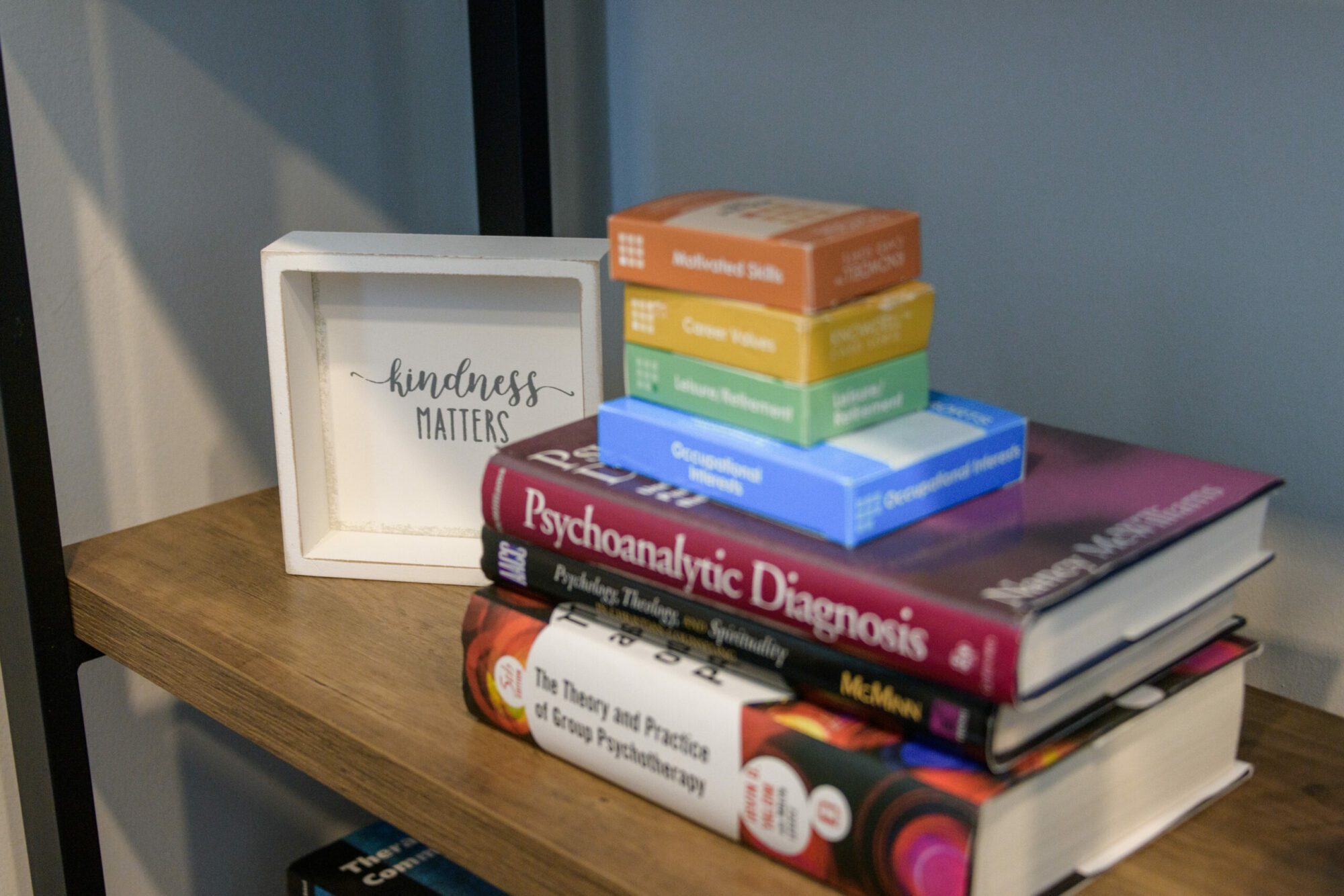Have you ever watched Disney’s The Hunchback of Notre Dame? It so happened that I ended up watching it the same week I had finished reading “When Religion Hurts You: Healing from Religious Trauma and the Impact of High Control Religion” by Laura E. Anderson, PhD and started reading “Understanding Spiritual Abuse: What it is and How to Respond” by Karen Roudkovski. Both of these books have been released in the past year and while I have not yet to finished Roudkovski’s book, I’ve appreciated the insights that both are adding to the conversation around religious and spiritual abuse.
So, why am I talking about these books in the same context as Hunchback?
In the Disney movie, the villain Frollo is shown at the start causing the death of Quasimodo’s mother and nearly drowning Quasimodo before a priest stops him. The priest declares that Frollo’s penance for wrongful death will be to raise the child. Frollo does so, but primarily has him confined in Notre Dame and raised by the priest who saved him. Where my ears perked up, was when we see adult Quasimodo and Frollo begin to interact. Frollo has raised Quasimodo to believe that if he leaves the safety of Notre Dame he will be treated cruelly for his deformity (could be true) and that it’s only through Frollo’s graciousness to take him in after he was abandoned by his unloving gypsy mother, that he has safety and a home. It took me to what I had been reading in Roudkovski’s book about the underlying themes of spiritual (and emotional) abuse being control, harm, and abuse of power. She particularly lays this out in her chapter on “Weaving a Web” which outlines how spiritual abusers draw in and trap their victims. Frollo displays classic actions that abusers use, specifically isolation, grooming (being somewhat kind to quasimodo while creating a narrative that others would not), setting himself up as the sole authority in his life who must be pleased, and so forth. Throughout the movie we also see Frollo engage in unnecessary cruelty and violence, allow Quasimodo to experience harm to “teach him a lesson,” and be consistently frustrated when legal restraints are put on the exercise of his power. Frollo at no point considers that he may be wrong, he sees all of his actions as justified. When he begins to obsess (sexually, but it’s a kids movie so it’s not overt) over Esmerelda, he blames her for being a temptation to him. To Disney’s credit, they set up in the initial song that he is a man that engages in no introspection, and they lean into the theme of what makes a man vs. a monster. As a note, while Frollo is a character with a civil role, because of the overt religious and spiritual themes in the movie and Frollo’s role as guide and catechizer to Quasimodo, I think a spiritual abuse lens is applicable. Roudkovski’s book does a good job of explaining how spiritual abuse can be relationship dependent and applies when the relationship overlaps with spiritual areas of life.
Disney followed a similar arc with the character of Mother Gothel in Tangled, though in my opinion, the magical elements of that story soften the actions whereas you meet people like Frollo in real life. For more on Tangled, here’s a blog post about how survivors of high control religion find Tangled a movie that explores religious abuse and control themes. It was interesting to be with elementary aged children while watching and to begin the process of explaining that this is called abuse and people like this exist.
If you want to understand more about how to recognize the power and control patterns that signal emotional or other forms of abuse may be happening, the Minnesota Power and Control Wheel can be a helpful starting point. Anderson has developed her own religion-focused version of this tool which can be found on page 213 of “When Religion Hurts You.” If you have experienced religious or spiritual abuse yourself, please check out Anderson’s book for an exploration on what that looks like for survivors and Roudkovski’s book to see a clear explanation of what spiritual abuse is, how it plays out over time, and what it looks like in its’ subtleties. As always, if you are experiencing emotional or physical abuse, please reach out to a trusted friend or mental health provider for support and resources.
Domestic Violence Support | National Domestic Violence Hotline (thehotline.org)
Our Mission (recoveringgrace.org) Note–this blog no longer posts new material
